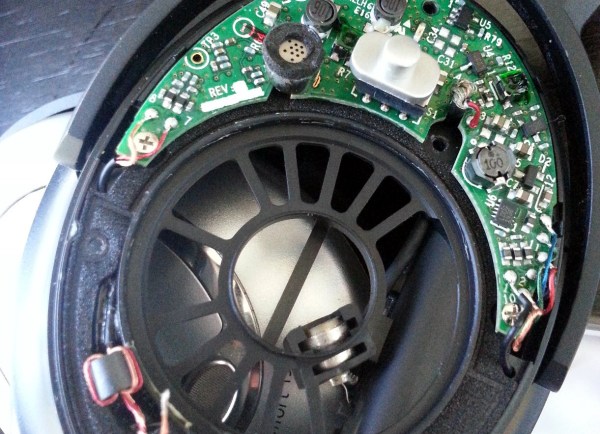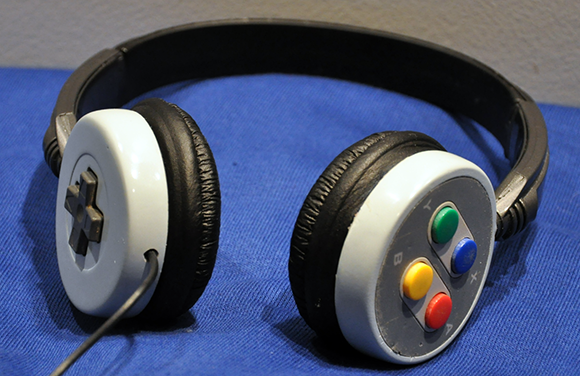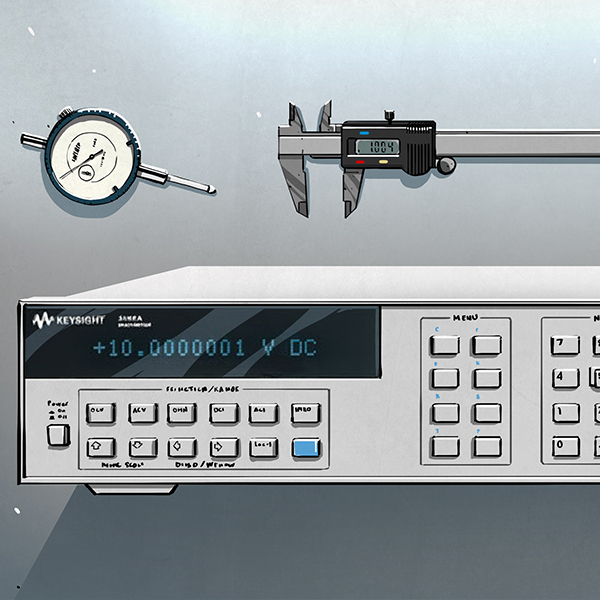
It’s hard being a kid sometimes. [Young] likes his music, but his dad is an overnight trucker. With his dad sleeping during the day, [Young] has to keep the volume down to a reasonable level. He could have bought some commercial headphones, but he wanted something a bit more customized. Rather than give up on his tunes, he built a pair of headphones with an internal tube preamp amplifier. [German language link — Google translate doesn’t want to work with this one but Chrome’s translate feature works].
Two 1SH24B preamp tubes feed two LM386 amplifier chips, creating a hybrid amplifier. The 1SH24B tubes are designed to work on battery voltage, so a step up circuit wasn’t necessary. However, [Young] still needed to provide an 8 cell battery pack to run his amp. Speakers were a 3 way coaxial of [Young’s] own design. He built the headphone frame using candy tins and cups from commercial headphones. A final touch was a window so everyone can see all that vacuum state goodness. Considering that [Young] is only 16, we’re looking for some great things from him in the future.
If you don’t want to strap the tubes to your skull there are other options. But you have to admit it makes for a cool look. Starbucks here we come.
[Thanks Patrick]




















